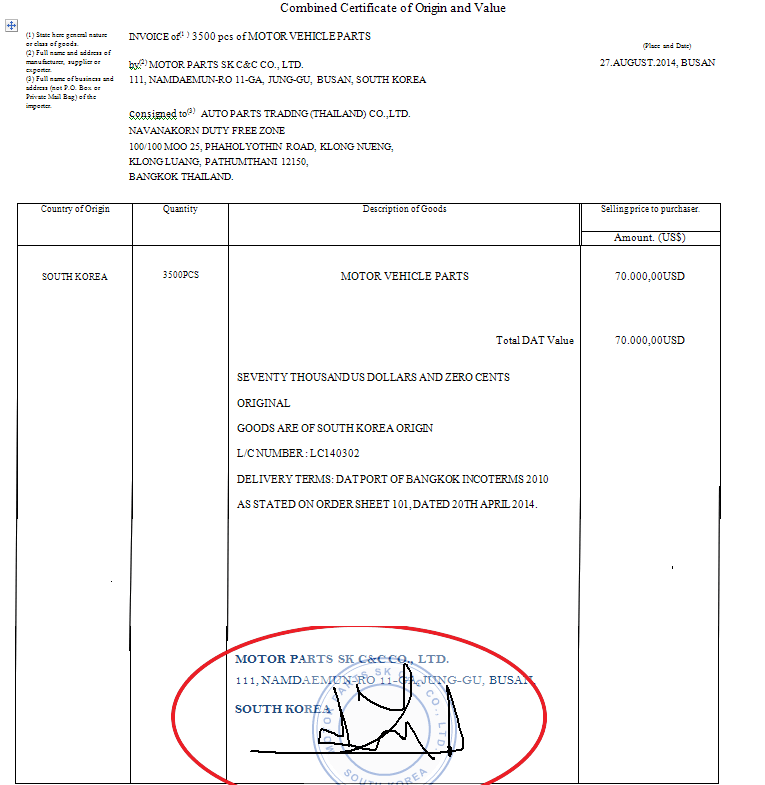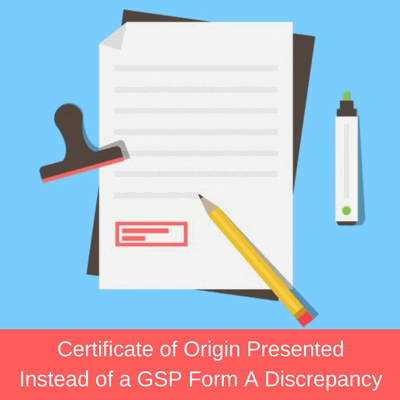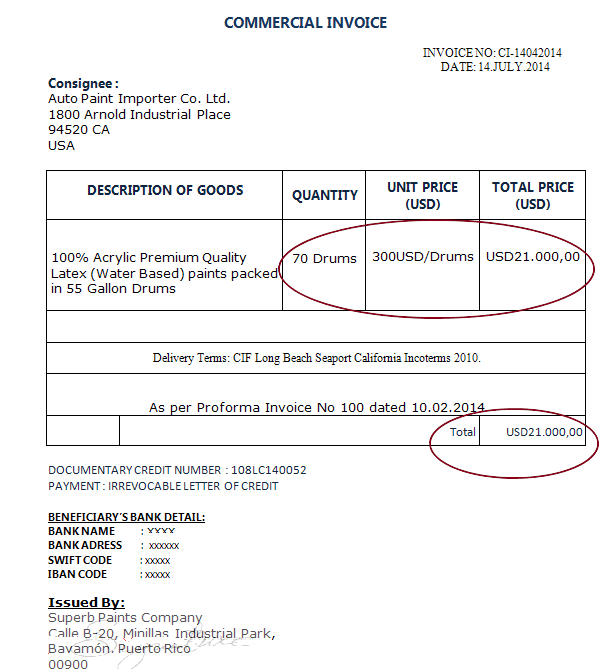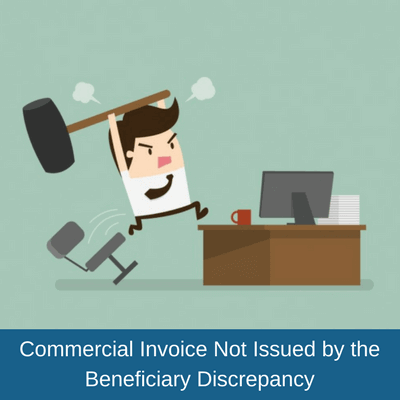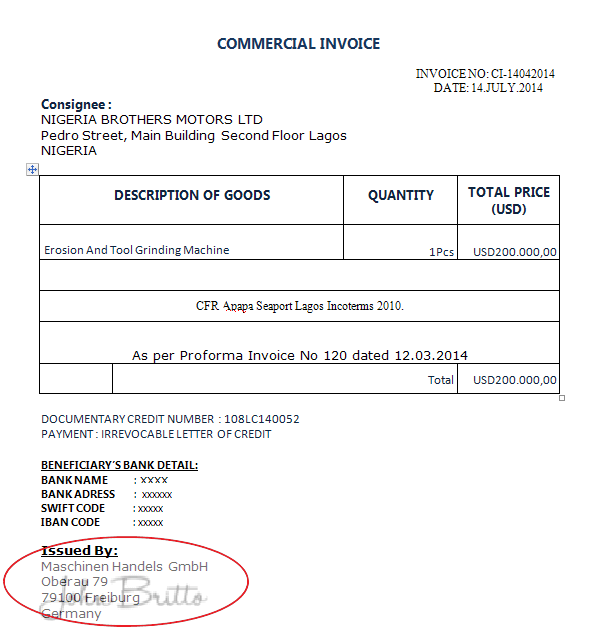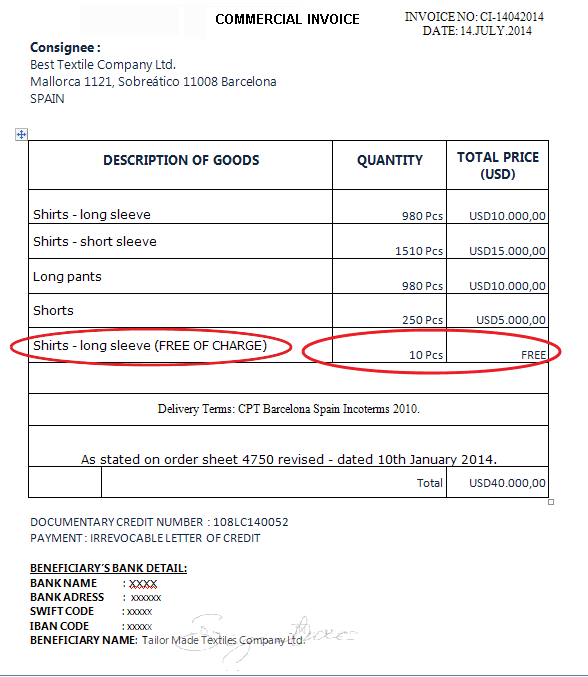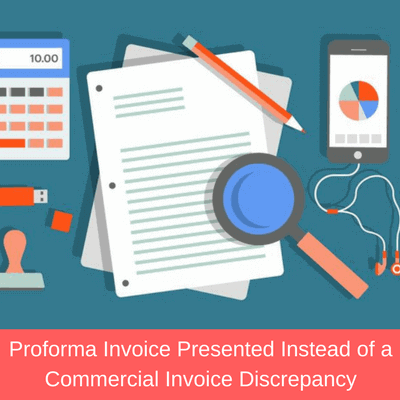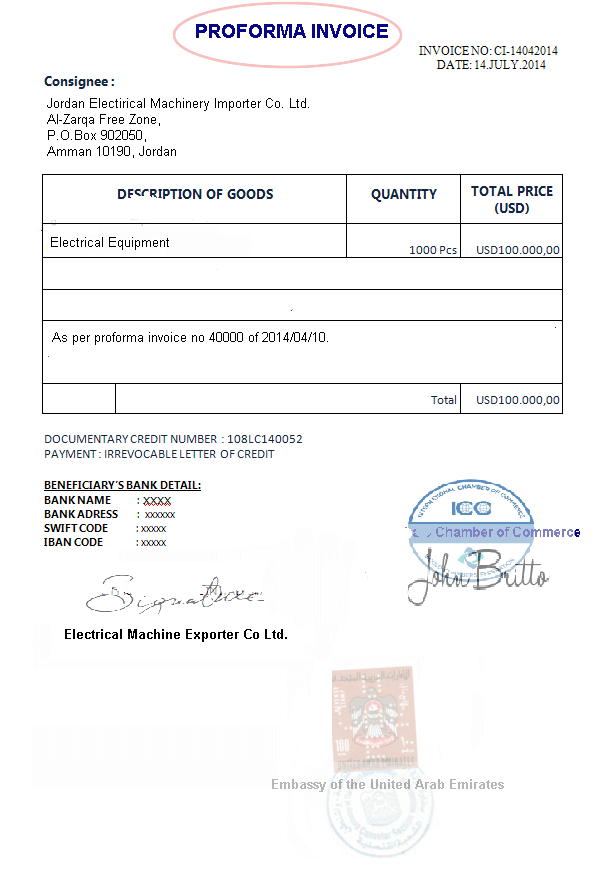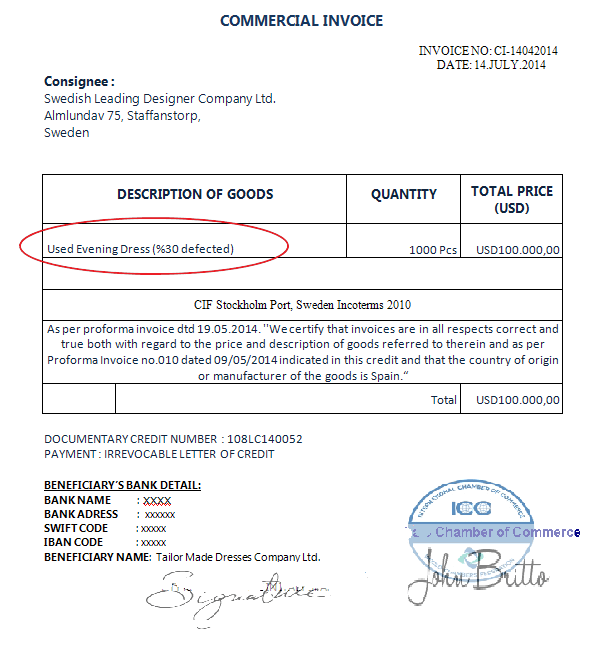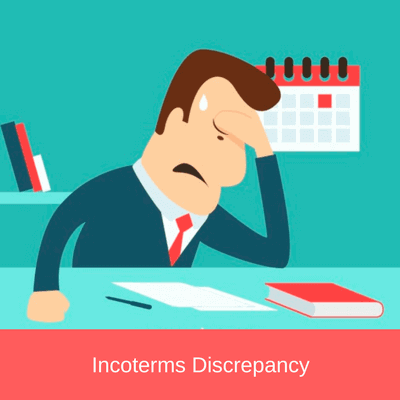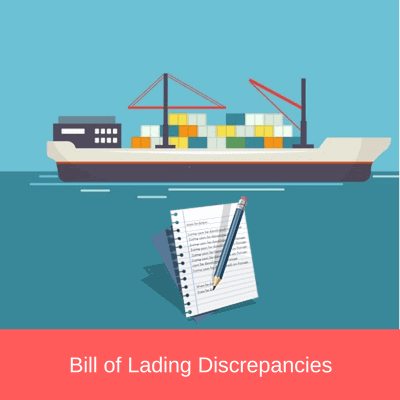The certificate of origin verifies the country in which the goods to be exported
were originally manufactured.(1)
The issuing body of the certificate of origin could be the government authority or a body empowered by the government.
Furthermore, the producer, manufacturer or exporter could also issue a certificate of origin by himself, either in self-issued certificate of origin or declaration of origin format.(2)
In regards to letter of credit rules, a certificate of origin is to be issued by the entity stated in the credit.
If the issuing bank determines that the certificate of origin is not issued as per letter of credit terms, then the issuing bank raises a discrepancy, which is known as certificate of origin is not issued by the entity as indicated in the letter of credit.
Discrepancy Example: Certificate of Origin not Issued by the Chamber of Commerce
A letter of credit has been issued in SWIFT format, subject to UCPURR latest version, with the following details:
Letter of Credit Conditions
Field 45A: Description of Goods and or Services: Motor Vehicle Parts 3500 pieces. As stated on order sheet 101, dated 20th April 2014. Delivery Terms: DAT Port of Bangkok Incoterms 2010.
Field 46A: Documents Required:
- Signed and stamped commercial invoices in three originals issued by the beneficiary stating this letter of credit number.
- 1 Original Certificate of Origin issued by the chamber of commerce
- Full set of original bill of lading shipped on board established to the order of Bangkok Bank Public Company Limited notify applicant company marked freight prepaid.
The beneficiary presented a Combined Certificate of Origin and Value as shown on the below picture.
Discrepancy: Certificate of Origin should have been issued by the chamber of commerce as per letter of credit terms, but the Combined Certificate of Origin and Value presented by the beneficiary has been issued by beneficiary’s himself.
Reason for Discrepancy: A certificate of origin must be issued by the organization specified in the letter of credit.
When a credit requires the presentation of a certificate of origin issued by a Chamber of Commerce, a certificate of origin would be acceptable which is issued by
- Chamber of Commerce,
- Chamber of Industry,
- Association of Industry,
- Economic Chamber,
- Customs Authorities,
- Department of Trade or the like…
But certificate of origin issued by the beneficiary instead of a chamber of commerce is not acceptable.

